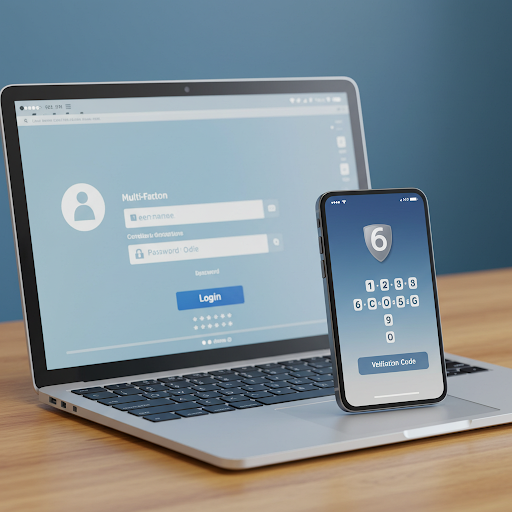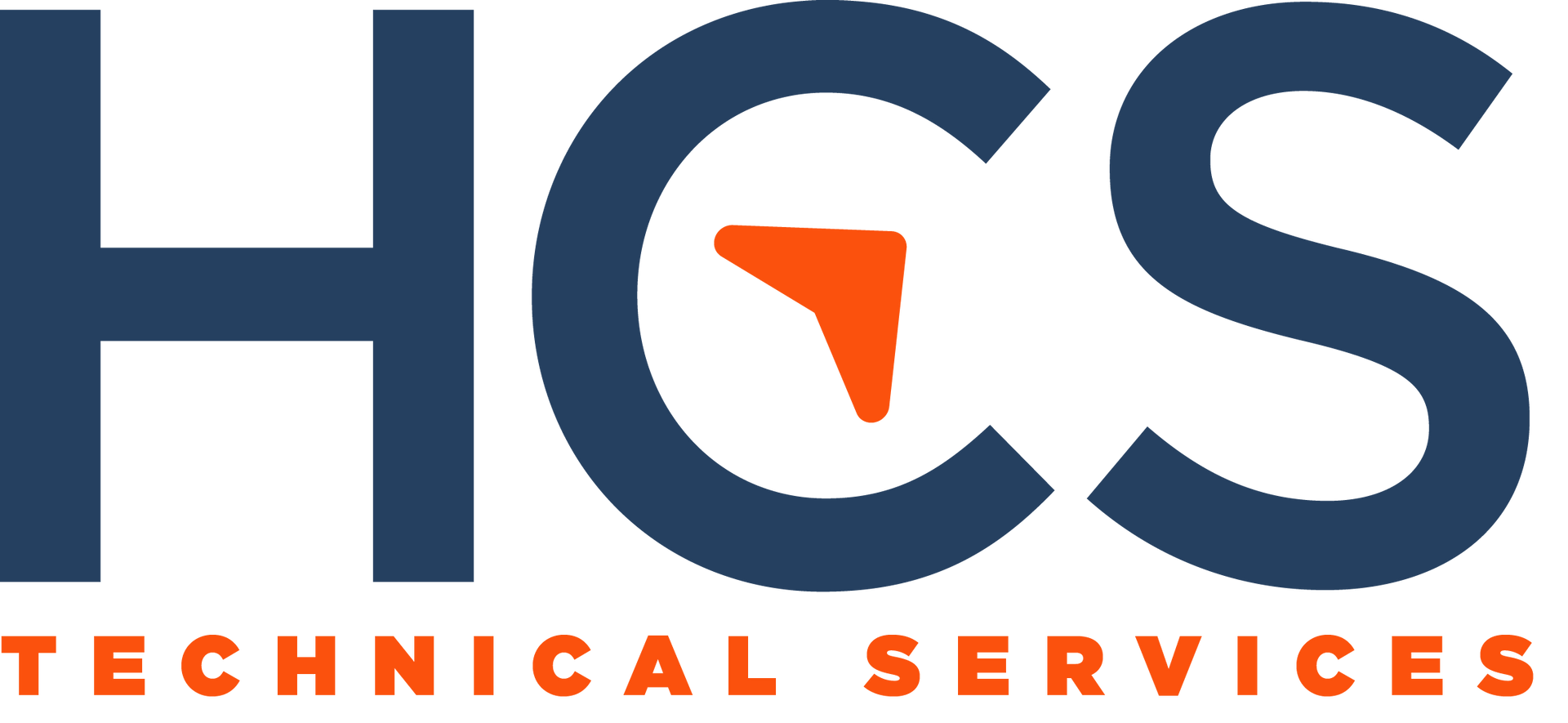How Can I Allow Employees to Use Their Own Devices While Keeping My Business's Network Secure?
Embracing BYOD: A Balancing Act Between Flexibility and Security

The rise of Bring Your Own Device (BYOD) policies can increase flexibility and reduce costs, but without proper management, it can also expose your network to significant security risks. Implementing a comprehensive BYOD policy is crucial for safeguarding your business. So, how can you allow employees to use their own devices while keeping your network secure?
The Solution: Develop and Enforce a Robust BYOD Policy
The key to securing your network while allowing BYOD is to develop and enforce a robust BYOD policy. This policy should include clear security protocols, device management processes, and employee usage guidelines. By setting clear expectations and implementing the necessary controls, you can harness the benefits of BYOD without compromising your business's security.
Actionable Tip: Define Allowed Devices and Implement Mobile Device Management
To get started, define which types of personal devices are allowed to access your business's network and data. This may include smartphones, tablets, laptops, or a combination thereof. For each type of device, establish security requirements such as mandatory encryption, password protection, and regular software updates.
Next, implement tools for mobile device management (MDM) that can enforce these security policies across all devices. MDM solutions allow you to remotely manage and monitor devices, ensuring that they adhere to your BYOD policy. They also typically include features like remote wiping, which allows you to erase business data from a device if it is lost, stolen, or when an employee leaves the company.
The Key Benefits of a Well-Structured BYOD Policy
- Enhanced Security: A comprehensive BYOD policy helps reduce the risk of data breaches by controlling how personal devices access and store business data. By enforcing security measures and monitoring device usage, you can prevent unauthorized access and protect sensitive information.
- Increased Productivity: Clear guidelines and support for BYOD can improve employee satisfaction and productivity. When employees can use their preferred devices and have the flexibility to work from anywhere, they are often more engaged and efficient.
- Cost Efficiency: Allowing employees to use their own devices can save your business money on hardware costs. Rather than purchasing and maintaining a fleet of company-owned devices, you can let employees use the devices they already have and are comfortable with.
- Compliance Assurance: Depending on your industry, there may be specific regulations around data protection and privacy, such as HIPAA or GDPR. A well-designed BYOD policy helps ensure that your practices comply with these regulations, mitigating the risk of fines and legal issues.
BYOD: Balancing Flexibility and Security
A well-structured BYOD policy not only protects your business from security threats but also supports your workforce in the secure and productive use of their personal devices. By striking the right balance between flexibility and security, you can create a BYOD environment that empowers your employees while safeguarding your business's data and network.
Get Expert Help to Design and Implement Your BYOD Policy
Designing and implementing an effective BYOD policy can be complex, especially for businesses with limited IT resources. To ensure that your BYOD initiative is successful, consider reaching out to HCS Technical Services. Their team of experienced professionals can help you assess your business's unique needs, draft a comprehensive BYOD policy, and implement the necessary security measures to protect your network.
Allowing employees to use their own devices while keeping your network secure is possible with the right approach. By developing a robust BYOD policy, defining allowed devices, implementing mobile device management, and partnering with experts, you can create a secure and productive BYOD environment that benefits both your employees and your business. Don't let the risks of BYOD hold you back—start securing your network today.
HCS Technical Services











